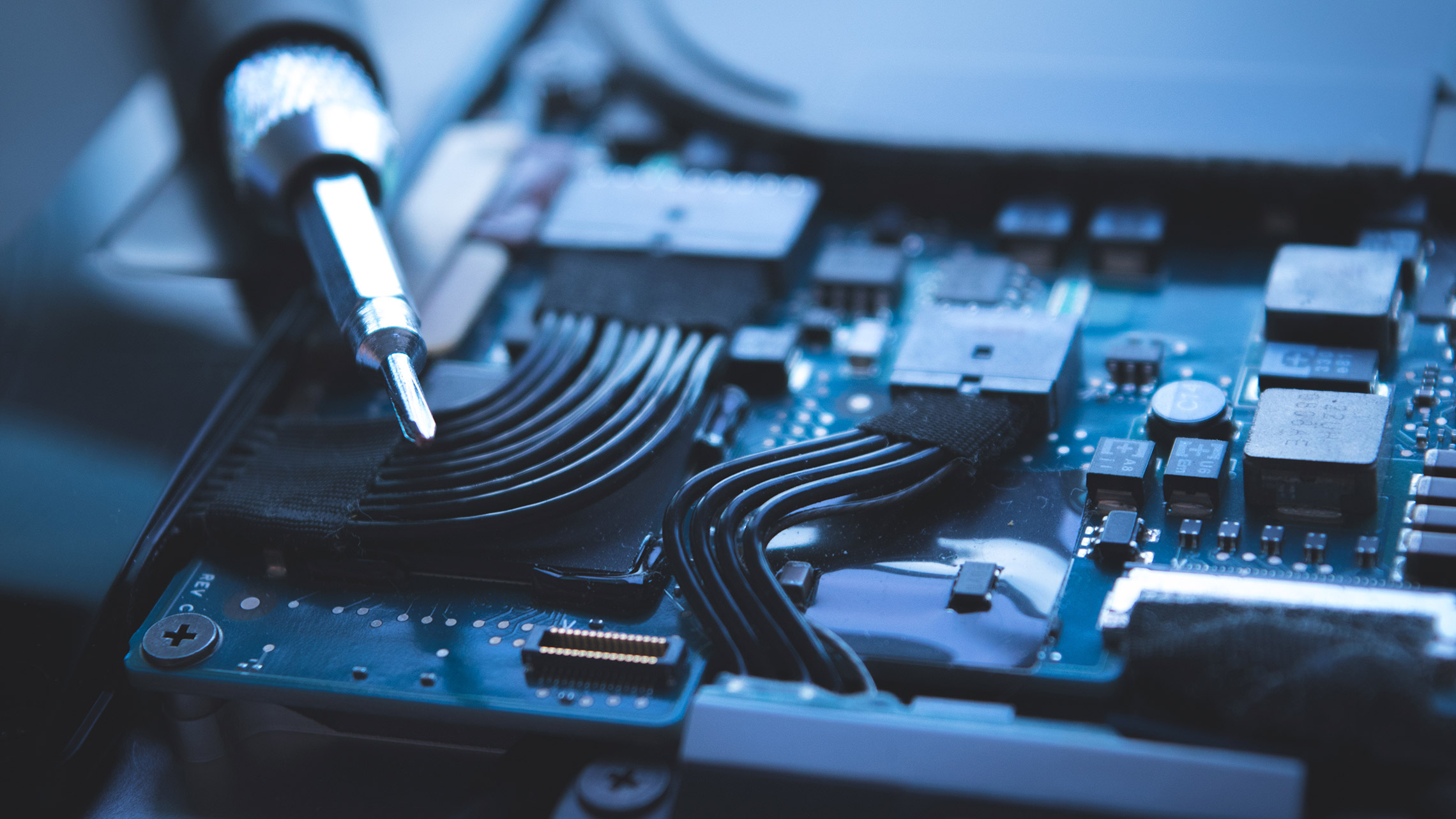ElectroScience: Margarida Silveira, researcher of Signal and Image Processing Lab (SIPG)

Margarida Silveira, a professor at the Department of Electrical and Computer Engineering and a researcher at the Signal and Image Processing Lab of the Institute for Systems and Robotics (ISR), conducts research in the field of image processing and analysis. In an interview with DEEC, she shared insights into various applications of this technology and her involvement in the UNFORSEEN project, winner of the 2024 edition of PROSSE – PROdex for Science in Space Exploration, an initiative aimed at funding scientific projects that contribute to space exploration studies in Portugal.
Her work in this project involves analyzing images of the Martian surface. Using artificial intelligence and machine learning mechanisms, the researchers aim to identify craters on the surface, contributing not only to asteroid studies but also to areas where future equipment like rovers and drones could be deployed. The research is conducted in collaboration with other experts, impacting fields such as geology and astronomy.
However, UNFORSEEN is just the latest addition to her research portfolio. Her work spans various areas, including healthcare and remote sensing image analysis.
What is common is that all the work involves image analysis and artificial intelligence methods. Then, I have different applications: some are medical images, biological images, satellite images...
Margarida Silveira, professor of DEEC and ISR researcher
But how is it possible to connect so many areas? Margarida Silveira explains that in all the cases mentioned, artificial intelligence is trained using large databases, annotated by experts. Researchers aim to develop systems capable of analyzing the provided images and offering reports. The goal is for these systems to function as auxiliary tools for various professionals, freeing them from the image analysis task.
A practical example: in medicine, various types of images, such as MRI scans, which show the structure and anatomy of organs like the brain, or functional images, which allow the study of the most active areas of the brain through parameters like glucose consumption, are used. Brain image analysis allows early diagnosis of diseases like Alzheimer’s. Margarida Silveira’s research has a particular focus on this area, aiming to develop tools, using AI and machine learning, that could assist in diagnosis and contribute to patient screening and assessment. This way, doctors can more quickly identify which cases need urgent attention regarding this disease.
The goal is to help professionals analyze the patient more quickly, not to replace them.
Margarida Silveira, professor of DEEC and ISR researcher
This is the context in which the paper "Beyond the Last Scan: the Role of Longitudinal Neuroimaging in Predicting Conversion to Alzheimer’s Disease at Different Stages" will be presented at the IEEE International Symposium on Biomedical Imaging (ISBI) in Texas, USA, in 2025. In this paper, the researchers analyze brain evolution through images taken before Alzheimer’s diagnosis, aiming to detect as early as possible whether a patient will develop Alzheimer’s. This analysis allows the study of the changes the brain has undergone over time until the last scan performed.
These systems are not only applied to studying this disease. In healthcare, Margarida Silveira is also conducting research on how AI and machine learning mechanisms can be used to analyze electrocardiograms. In this case, the different channels related to cardiac activity over time are studied.
The system tells us where we should focus or if an electrocardiogram is not normal.
Margarida Silveira, professor of DEEC and ISR researcher
On the other hand, combining her research with animal biology, Margarida Silveira was also involved in the development of the 3DVascNet software last year, in collaboration with a biologist. The objective of this project was to analyze the blood vessels in the retina of rats through 3D microscopic images, measuring their volumes and branching, and understanding how the system’s regulation works.
However, as mentioned before, image analysis also extends to areas unrelated to the study of living organisms. The researcher has also worked on satellite image analysis in collaboration with researchers from the Department of Mining and Geological Resources at Técnico, contributing to the creation of maps indicating which land areas would be most vulnerable to situations like floods and landslides, impacting risk management and helping to avoid future disasters.
I prefer to look forward rather than backward.
Margarida Silveira, professor of DEEC and ISR researcher
Although AI can be useful in numerous contexts, with the growth of the technology sector, there is a need to develop mechanisms that can achieve results faster and work with fewer data. The researcher maintains her focus on creating systems where the annotations and examples provided by experts—whether biologists, geologists, doctors, or others—are progressively smaller, not excluding the possibility of studying continuous learning systems that keep learning after training by researchers.
Having had the opportunity to conduct research in her area of interest throughout her career, when asked how her passion for it started, the researcher highlights that a course on image processing during her last year of electrical and computer engineering had a significant impact: "(...) I loved it and then I fell in love with the world of images," she says. Emphasizing the importance of students investing in areas they are most interested in, Margarida Silveira offers advice to future university students:
Choose what you like, and don't be afraid to come to Técnico; you will be well received, whether you are boys or girls.
Margarida Silveira, professor of DEEC and ISR researcher
